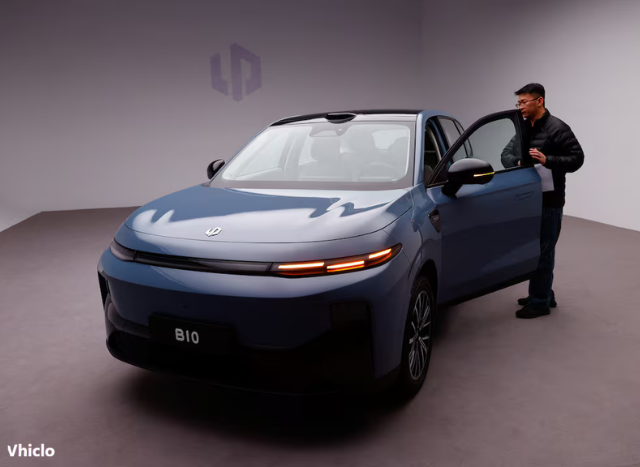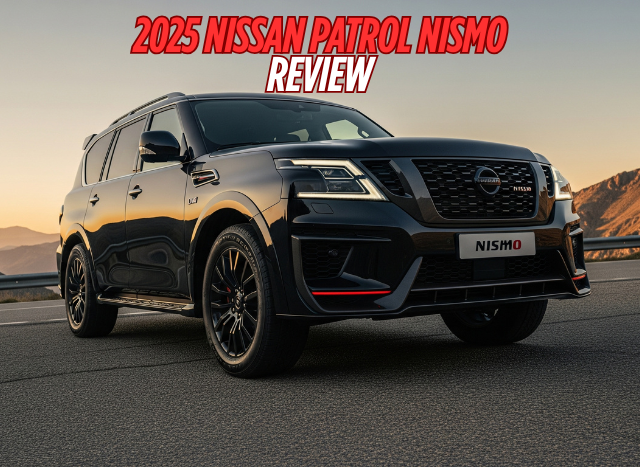China’s passenger car market posted its third consecutive month of growth in April 2025, driven by strong demand for electric and plug-in hybrid vehicles (NEVs) and government-backed trade-in subsidies that are helping offset the effects of escalating trade tensions with the U.S.
According to data released by the China Passenger Car Association (CPCA), passenger car sales reached 1.78 million units in April, up 14.8% year-over-year. Cumulative sales for the first four months of 2025 totaled 6.97 million units, marking an 8.2% increase compared to the same period last year.
Contents
Electric vehicles (EVs) and plug-in hybrids—collectively referred to as new energy vehicles (NEVs)—saw a 33.9% year-over-year jump in sales during April. NEVs accounted for 50.8% of all passenger car sales, signaling a tipping point for electrification in the world’s largest auto market.
| Metric | April 2025 | YoY Change |
|---|---|---|
| Total Passenger Car Sales | 1.78 million units | +14.8% |
| NEV Sales | >50% of total | +33.9% |
| Jan–Apr Total Sales | 6.97 million units | +8.2% |
| Car Exports (April) | Declined | -2.2% YoY |
The growth is largely attributed to a Chinese government trade-in initiative that provides larger subsidies for replacing older gasoline-powered vehicles with NEVs. As of April 24, the policy had supported 2.71 million vehicles, offering a timely buffer against weakening consumer sentiment amid newly imposed U.S. tariffs on Chinese exports.
Car Exports Decline for Second Month
While domestic sales remain strong, car exports dropped 2.2% in April, following an 8% decline in March. The slump reflects growing geopolitical headwinds and export-related uncertainties for Chinese automakers.
Driver-Assistance Tech Fades as Sales Driver
China’s long-running EV price war has recently shifted focus toward automated driving technology. Automaker BYD captured headlines in February when it began offering its “God’s Eye” driver-assistance system as standard across its lineup.
However, enthusiasm for next-gen driver-assist systems appears to be waning. Following a fatal crash involving a Xiaomi SU7 EV in March, where the vehicle hit a cement pole and caught fire moments after the driver disengaged assisted-driving mode—the Chinese government has started clamping down on the use of terms like “smart” or “autonomous” in automotive marketing.
As a result, consumer interest in automation is cooling, and automakers are scaling back their messaging around autonomous features in favor of more grounded safety and efficiency narratives.
Automotive industry expert and editor of Vhiclo, specializing in car news, EV technology, and in-depth vehicle analysis. With years of experience in the field, Koutaibah provides trusted insights for enthusiasts and professionals alike.






